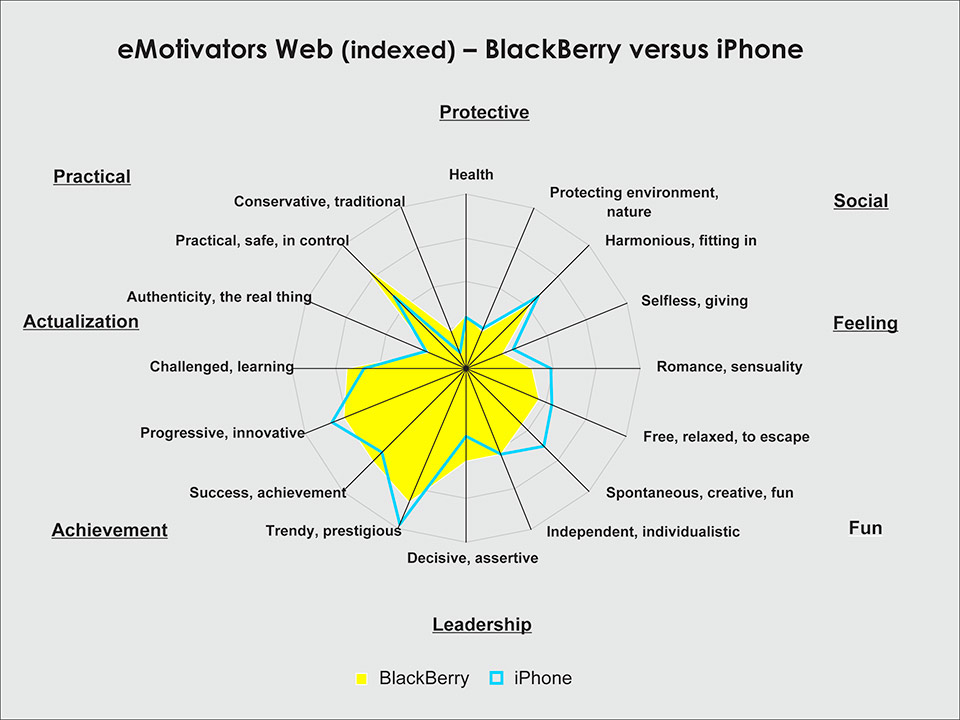Let’s face it, communicators bombard the public with a plethora of messages—whether it be on their iPhone, in front of their TV set, in elevators or in Times Square (particularly in Times Square).
In fact, the public is faced with so many choices that communicators are exploring other avenues to effectively reach them.
“There’s less opportunity to differentiate your brand and its offerings through touting performance-based features,” says John Hallward, president of global product development at market research company Ipsos. To make messages resonate then, the role of human emotions coupled with human values is gaining traction among communications professionals.
And part of investigating that human side is a research trend that’s surfaced in the last few years: behavioral economics. Studies in the field have proved that at least some of the time, people act irrationally when making decisions. Hallward cites the book Predictably Irrational by Dan Ariely (HarperCollins, 2010) as a good primer for communicators who would like to explore the topic more. In his book, Ariely looks at scenarios like the power of changing the price of an item just one cent, and how an automaker spiked sales of its vans not by improving fuel efficiency, but by installing bigger gas tanks.
Studying and predicting irrationality, says Hallward, is just a small part of the human equation. The ability to leverage emotional situations and human values is becoming critical. He believes advertising and marketing cover the situation part well, while PR is more tailored for leveraging values. “PR is equipped to communicate the ‘we stand for something beyond product performance,’” says Hallward.
SOCIAL EMOTION
 |
| Market research firms are delving into the effects of human emotions and consumers. Using its iMotivators markers, Ipsos asked consumers their thoughts on the BlackBerry versus the iPhone. The results make sense: the BlackBerry is considered more utilitarian and the iPhone more cool. Source: Ipsos ASI |
And one way PR is able to do that is through social media, says Sara Meaney, partner at Milwaukee-base Comet Branding +PR. “Advertising leads with ideas, and PR leads with relationships,” she says. And relationships are all about emotion. Meaney cites a weeks-old campaign as an example of PR tapping into emotion: a Wilson Sporting Goods effort around the NCAA Basketball Tournament (Wilson is the official basketball of the tourney). “Fans are emotional, and irrational, about March Madness,” says Meaney. That theory was proved when within 24 hours of launching a Facebook page, 5,000 people “liked” it. “It’s not about the ball,” says Meaney.
EMOTIONAL RESCUE
Research companies are tapping into emotions more and more, says Hallward. Ipsos is able to track and measure emotions via eMotivators (see chart on this page). Similarly, at marketing and brand consulting agency The Geppetto Group, a cool quotient is applied to products. “Cool is completely irrational,” says Rachel Geller, chief strategic officer and founding partner at Geppetto. To make sense of it all, the agency created a set of “identity markers” that represent personality characteristics.
Even in an industry with product features ingrained in its messaging does appealing to emotion play a part. At Goodyear North America, Ed Markey, VP of corporate communications, and his media relations team switch from emotion to features depending on the audience. “We focus on specific product benefits and features with pubs and media outlets that are inclined in that direction to begin with,” says Markey. Those audiences tend to ones who are close to making a tire buying decision. However, more “disengaged” consumers may be swayed by more emotional messages highlighting the crucibles Goodyear tires face—a NASCAR race, on a Southwest jet, every snowplow in Buffalo, for example.
So these theories are being put to the test in PR. And there are lessons to be learned, says John Wittenbraker, managing director of corporate innovation for research company GFK. Wittenbraker suggests that PR pros consider these three behavioral concepts when it comes to human emotion:
1. People use heuristics when they make decisions. “We’re wired to make decisions quickly and intuitively,” says Wittenbraker.
2. We are influenced by “framing effects.” People have a tendency to select inconsistent choices, depending on whether the question is framed to concentrate on losses or gains.
3. Consider noted psychologist Daniel Kahneman’s “prospect theory.” This demonstrates how people are risk averse, and our decisions reflect that, says Wittenbraker.
So next time you’re thinking about how you can help your brand, try getting emotional—but you might want to stay rational. PRN
CONTACT:
John Hallward, [email protected]; Sara Meaney, [email protected]; Rachel Geller, [email protected]; Ed Markey, [email protected], John Wittenbraker, [email protected].
Source: Ipsos ASI
